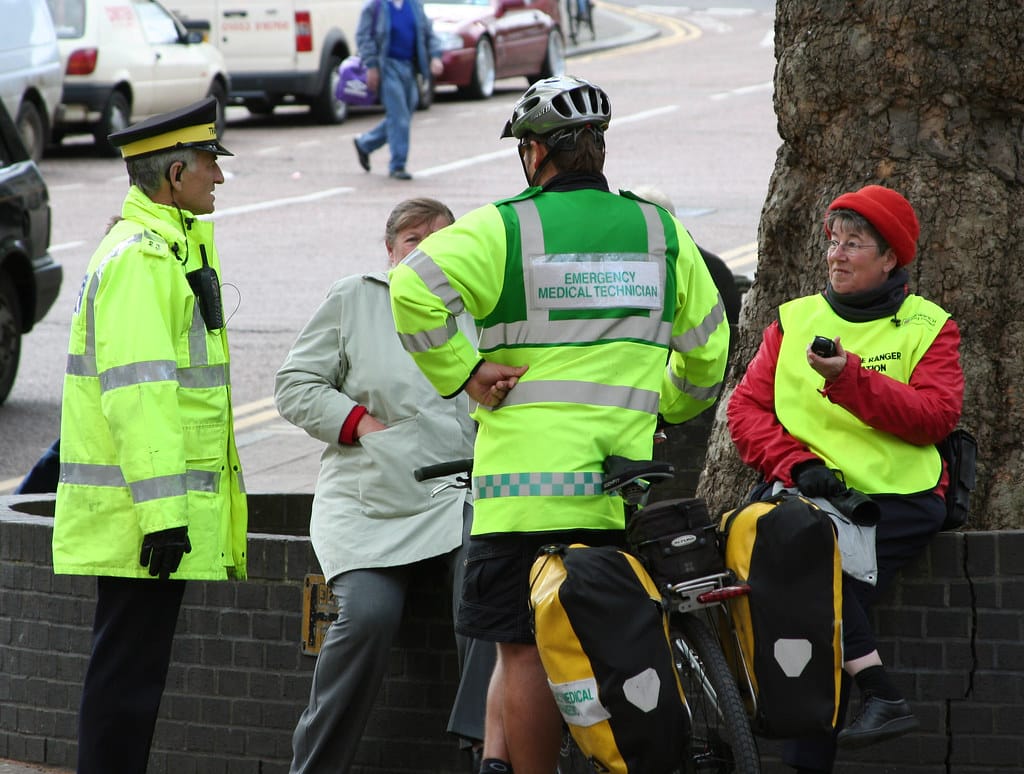
It’s not just the color that keeps workers visible—it’s the tape.
That silver-grey reflective material on hi-vis clothing? It’s called retroreflective tape, and its placement is what turns a bright shirt into a certified safety garment.
Done right, it keeps workers visible from every angle. Done wrong, and even the boldest vest can fail in the dark.
Let’s unpack how reflective tape works—and why placement is everything when it comes to visibility.
What Is Reflective Tape and How Does It Work?
Reflective tape (also called retroreflective material) is designed to bounce light back toward its source—like vehicle headlights—so workers are clearly seen at night or in low-light conditions.
⚠️ Unlike fluorescent colors (which need sunlight), reflective tape works in complete darkness.
✅ Retroreflective tape is required for all ANSI/ISEA 107 and EN ISO 20471 compliant garments.
Why Placement Matters in Reflective Tape
Proper tape placement ensures workers are:
- Visible from every angle (front, back, side, moving)
- Recognizable as a human shape (limbs + torso + head)
- Seen in motion, not just when standing still
✅ It’s not just about being reflective—it’s about being identifiable.
Think: “Is that a person—or just a shiny box?”
Common Reflective Tape Patterns
Here are the most common tape layouts—and when to use them:
🟧 H-Pattern (Box on Torso)
- Tape across chest + over each shoulder
- Mimics a harness
- ✅ Most widely accepted for ANSI and EN
- 👷 Ideal for: construction vests, shirts, basic jackets
❌ X-Pattern (Back Only)
- Tape crosses in X shape across the back
- Common in Canada and Latin America
- ✅ Good for high-movement jobs
- ❌ Not always ANSI compliant unless combined with front bands
🔄 360° Horizontal Band
- Horizontal reflective band encircles torso
- Often paired with vertical shoulder stripes
- ✅ Required for full compliance in many standards
- 👷 Ideal for: Class 2 or Class 3 garments
🚶 Leg and Arm Bands
- Reflective tape encircles both sleeves and pant legs
- Ensures motion visibility—especially in walking or waving
- ✅ Required in Class 3 gear
- 👷 Essential for: roadwork, emergency, railway, night shifts
🧍 Double Banding
- Two horizontal bands on torso or sleeves
- ✅ Enhances depth perception
- 👷 Used in: rail safety, high-speed zones
Standards: What ANSI and EN Require
🇺🇸 ANSI/ISEA 107:
- Type O, R, P each have rules
- Reflective tape must be:
- 2 inches wide for Class 2 & 3
- Placed between 1 and 8 inches from the bottom hem
- Positioned for 360° visibility (front + back + side)
🇪🇺 EN ISO 20471:
- Reflective tape must:
- Form a human shape (torso + arms/legs)
- Be min. 50mm wide
- Withstand minimum 5–25 wash cycles
- Be positioned above and below joints for movement visibility
✅ Many garments fail EN or ANSI audits not for tape quality, but for placement error.
Reflective Tape & Movement Visibility
Human eyes are wired to detect motion and symmetry.
That’s why reflectivity on shoulders, arms, and legs makes a huge difference at night.
🚶 A jacket with sleeve tape says: “That’s a person walking.”
❌ A vest with only chest tape? “Maybe that’s just a box.”
✅ Workers in motion are safer when their limbs reflect light.
Real-World Tips for Reflective Tape Placement
- Shoulder stripes help show height and body outline
- Lower torso band helps distinguish standing vs crouching
- Pants without leg tape = invisible legs at night
- Avoid logo placement over reflective tape zones
- Dirty or worn tape = functionally useless
What to Ask Before Buying
- Is the reflective tape EN/ANSI certified?
- What’s the wash durability rating (how many cycles)?
- Does the placement support 360° visibility?
- Are arms/legs also covered for Class 3 compliance?
- Can I customize tape layout without voiding certification?
At workwearsolutions, we design garments where tape isn’t just added—it’s engineered for visibility + certification from the start.
Conclusion
Hi-vis gear without proper tape placement is like a lighthouse without a bulb—technically there, but not effective.
As a buyer:
- Look beyond the color—check tape placement, width, and coverage
- Confirm compliance with ANSI or EN placement rules
- Choose patterns that match real-world movement visibility
- Avoid cheap gear with “decorative tape” that doesn’t reflect or wash off easily
Need help sourcing hi-vis gear with tape layouts that pass inspection and actually protect your workers? I’ll help you get it right—line by line, stripe by stripe.
📩 Contact: [email protected]
🌐 Visit: www.workwearsolutions.net
Zion Zhang
Recent Posts
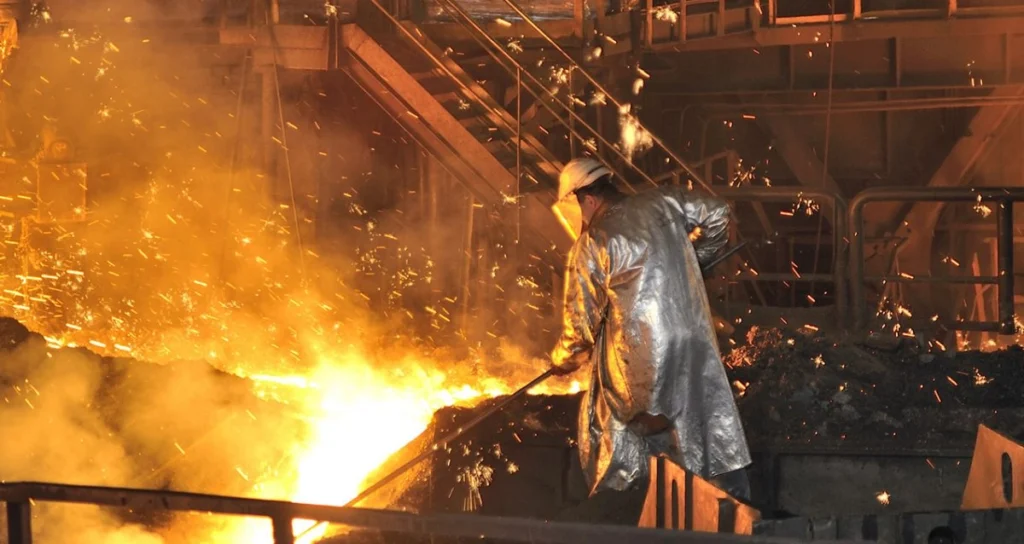 Workwear for South American Logistics & Warehousing: Comfort and Safety in Long Shifts2025年9月16日South America’s logistics and warehousing industry is […]
Workwear for South American Logistics & Warehousing: Comfort and Safety in Long Shifts2025年9月16日South America’s logistics and warehousing industry is […]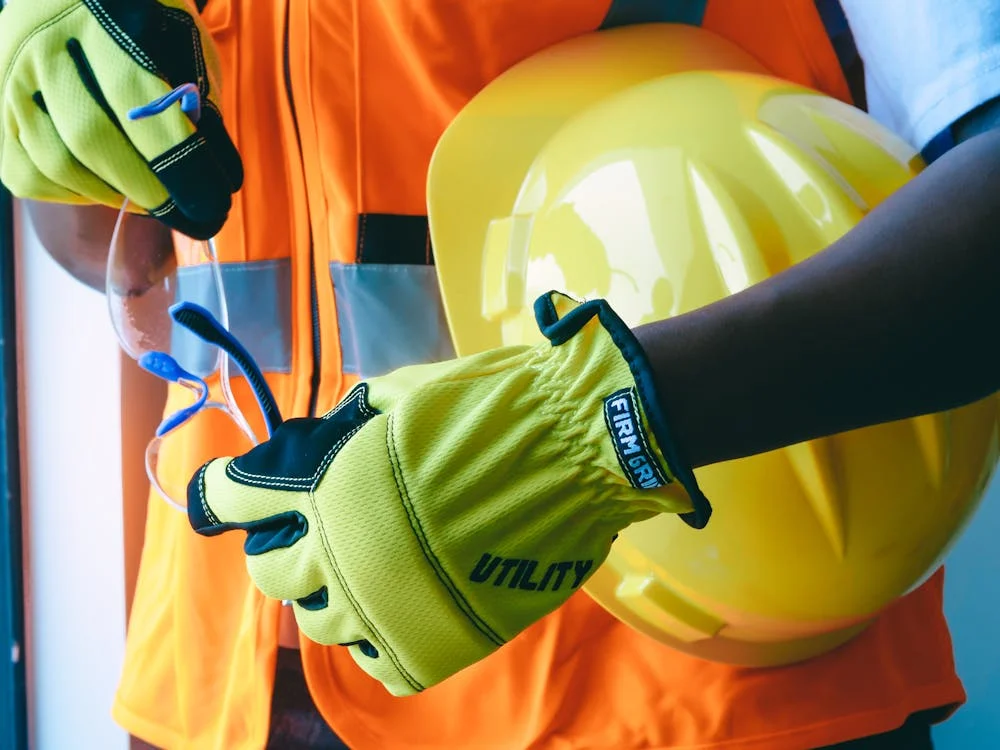 Workwear in Africa’s Construction Boom: Demand, Trends, and Opportunities2025年9月16日Walk through any African city today, and you’ll see […]
Workwear in Africa’s Construction Boom: Demand, Trends, and Opportunities2025年9月16日Walk through any African city today, and you’ll see […]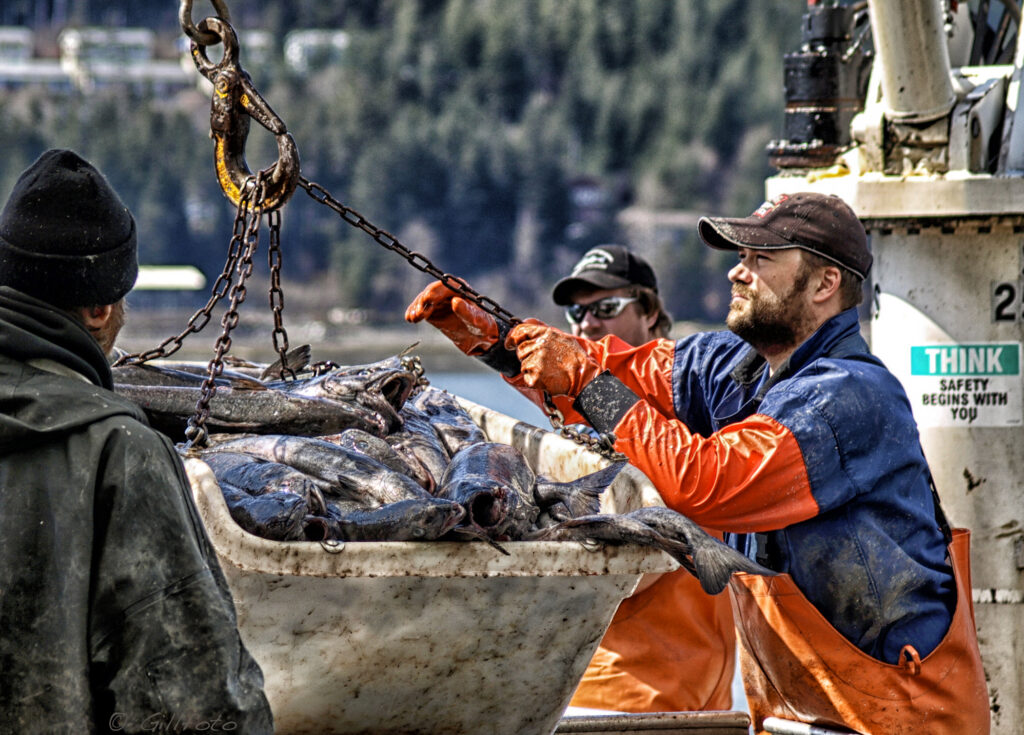 Workwear for Latin American Fishing & Ports: Waterproofing and Corrosion Resistance2025年9月12日Fishing and port industries in Latin America are the […]
Workwear for Latin American Fishing & Ports: Waterproofing and Corrosion Resistance2025年9月12日Fishing and port industries in Latin America are the […] Workwear for South American Agriculture: Durability, Comfort, and Compliance2025年9月12日Agriculture in South America is one of the world’s largest […]
Workwear for South American Agriculture: Durability, Comfort, and Compliance2025年9月12日Agriculture in South America is one of the world’s largest […]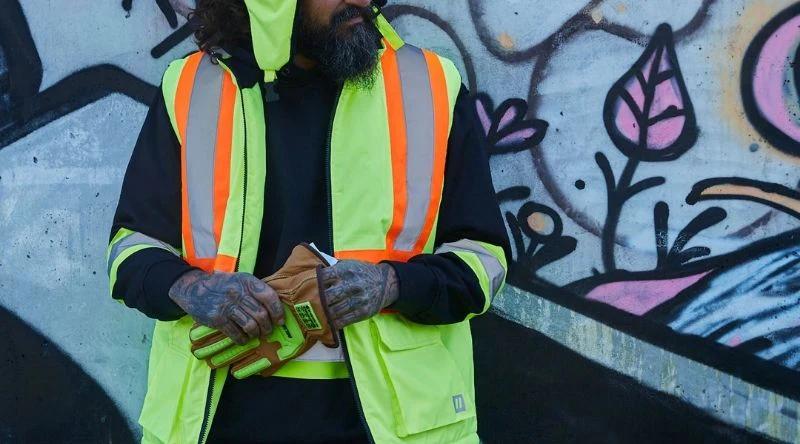 High-Visibility Workwear in African Infrastructure Projects: Safety, Standards, and Sourcing Opportunities2025年9月12日From Nairobi’s highways to Lagos’s ports and Addis Ababa’s […]
High-Visibility Workwear in African Infrastructure Projects: Safety, Standards, and Sourcing Opportunities2025年9月12日From Nairobi’s highways to Lagos’s ports and Addis Ababa’s […]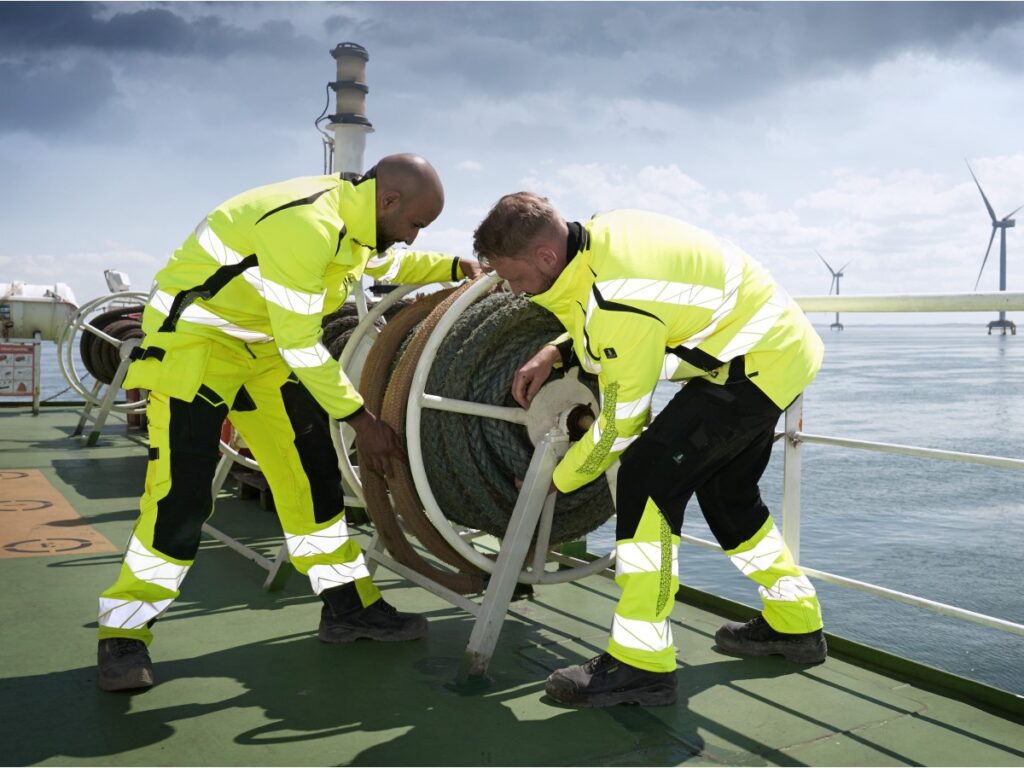 Flame-Resistant Workwear in the Middle East Oil & Gas Industry: Safety, Standards, and Sourcing2025年9月11日In the deserts of Saudi Arabia, the offshore rigs of Qatar, […]
Flame-Resistant Workwear in the Middle East Oil & Gas Industry: Safety, Standards, and Sourcing2025年9月11日In the deserts of Saudi Arabia, the offshore rigs of Qatar, […]
CONTACT US
- Feel free to contact us any time. We will get back to you as soon as we can!
- +86-17330061805
